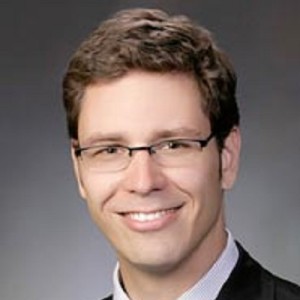Social Media Use, Political Polarization, and Social Capital: Is Social Media Tearing the U.S. Apart?
Scotland C. Leman
Abstract
While some polarization is potentially beneficial for democracy, hyper-polarization can lead to political gridlock, tribalism, and even physical violence. Given the gravity of these concerns, we use data from 1,424 residents of Virginia, USA to investigate if media exposure is related to polarization. We explore if getting news from traditional media (e.g. television, radio, newspapers) or social media (e.g. Facebook, Twitter, news aggregators) predicts the likelihood of being polarized. Results reveal stark differences between liberals and conservatives. Polarized conservatives use radio talk shows and television for their news while polarized liberals are likely to get their news from newspapers, television, and various social media outlets. We then investigate if polarization influences social capital. We find that polarized conservatives express low levels of bridging capital while polarized liberals are more likely to express high levels of bonding capital. Media consumption also influences bridging and bonding capital. We also find that while being polarized does not predict civic engagement, media consumption does. We consider these results disturbing. At least among the political extremes, conservatives and liberals are informed by different sources. This lack of a shared information results in competing worldviews while providing little opportunity for finding common ground. This combination of high bonding, low bridging capital can explain the recent increase in “lethal partisanship” where groups not only disagree but also accept or even wish harm to their political opponents.
James Hawdon , Shyam Ranganathan , Scotland Leman , Shane Bookhultz , Tanushree Mitra: Social Media Use, Political Polarization, and Social Capital: Is Social Media Tearing the U.S. Apart? HCI (14) 2020: 243-260
People
Publication Details
- Date of publication:
- July 10, 2020
- Conference:
- Human-Computer Interaction
- Page number(s):
- 243-260
